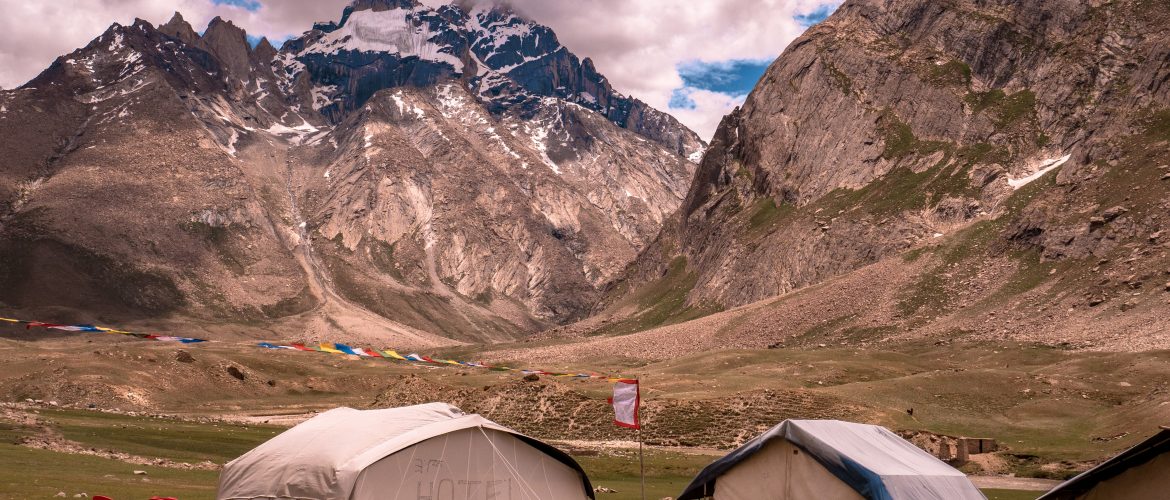At least 20 Indian soldiers were killed in a bloody brawl with Chinese troops on Monday in the Galwan Valley, close to Aksai Chin, an area controlled by China but claimed by both countries. It is unclear if or how many Chinese soldiers died. Both sides have accused the other of overstepping the de facto border, the Line of Actual Control (LAC) that runs along the western sector of the valley. The details of the encounter remain confused, however, and may never be fully clear.
The two nuclear-armed neighbours are now attempting a rapid de-escalation of tensions, even as some jingoistic and hawkish voices in both countries are demanding greater defiance and aggression. For its part, China had already moved large numbers of troops and armaments to the region, while India has also reportedly reinforced its position, though New Delhi has been less vocal about its military strength there.
Aksai Chin, the area in contention, is claimed as part of Xinjiang by China and Ladakh by India. It is cold and inhospitable, draped in snow with temperatures around freezing, even in summer. Located high in the Himalayas, the average altitude is 14,000 feet (4,200 meters), almost double the height where altitude sickness kicks in, meaning any humans in the area have to undergo tedious, gradual acclimatisation or suffer crippling headaches, nausea and fatigue.
The altitude and freezing temperatures may have contributed to Monday’s death toll. The Indian army initially confirmed three casualties, but later said an additional 17 soldiers “exposed to sub-zero temperatures in the high altitude terrain have succumbed to their injuries.”
In his book on the region, British historian Neville Maxwell describes it as a “no-man’s land, where nothing grows and no one lives.” And yet, India and China went to war over it in 1962, leaving thousands dead on both sides, and between that month-long conflict and Monday’s skirmish, the region saw numerous fist fights and minor clashes between border guards and outraged statements from Beijing or New Delhi accusing the other of seeking to overstep the de facto border.
The genesis of the current crisis, according to Harsh V. Pant, a professor of International Relations at King’s College, London, can be found in India’s revocation last year of the special status granted to Jammu and Kashmir, and the splitting of the former Indian state into two territories. “Since then there have been worries in China that India would make life difficult for China going forward,” said Pant. “(The region) connects China to Pakistan, where they have the economic corridor. They have been worried about India’s revocation of (the special status) and how India is now looking at Ladakh strategically. They’ve also been worried by the building of infrastructure.”
The last major crisis in the region, a months-long standoff over the disputed territory of Doklam in 2017, was also related to infrastructure building.”Earlier it mainly used to be on the Chinese side (that built infrastructure) but now India has been ramping up infrastructure along its side of the border as well,” added Pant.
News article from CNN India



